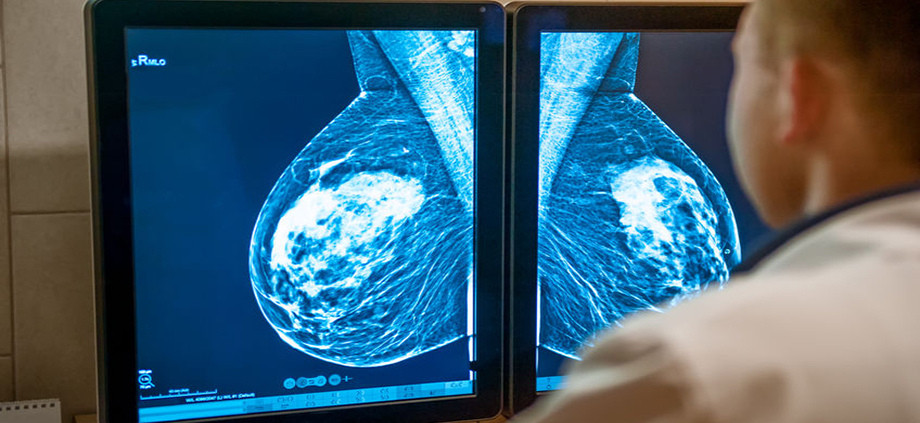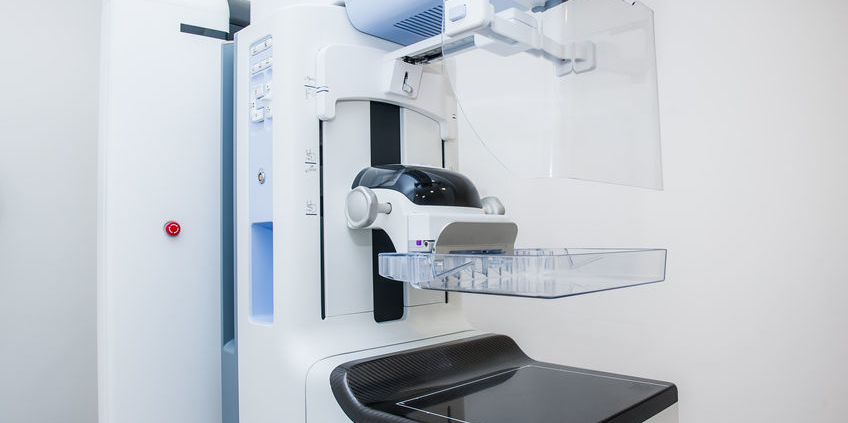27 September 2017
3D mammography, also known as tomosynthesis, is becoming more widely available. The thin “slices” (images) make it easier to spot cancers in patients with dense breast tissue. In addition, the use of 3D mammography can decrease the rate of “callbacks” – additional images that are often recommended after a screening mammogram due to uncertainty about the findings. Callbacks are more common in women with dense breast tissue. One concern about tomosynthesis is that it might find too much – not everything that is found will be dangerous, and this can result in over diagnosis and over treatment. In addition, a slightly higher dose of radiation exposure is required with 3D imaging in some facilities.
In 2005, the DMIST trial results were published in the New England Journal of Medicine – this study compared the older film screen mammography to digital mammography and found that digital mammograms were more accurate for women under the age of 50, women with dense breast tissue, and those who were pre- or peri-menopausal. Digital mammograms are now standard across most of the country.
The TMIST (Tomosynthesis Mammographic Imaging Screening Trial) trial will compare 3D mammography 2D digital mammography. Rates of cancer detection, callbacks, and procedures (such as biopsies) will be monitored. In addition to evaluating the performance of the imaging technology, the study will attempt to identify biological factors associated with breast cancer risk – patients who participate in the study will be asked to provide a buccal (cheek) swab and blood sample.
The study plans to enroll approximately 165,000 women at approximately 100 centers across the country. Additional information about the study and participating centers is available at the following sites:
National Cancer Institute
ECOG-ACRIN (cooperative group sponsoring the trial)
ClinicalTrials.gov


